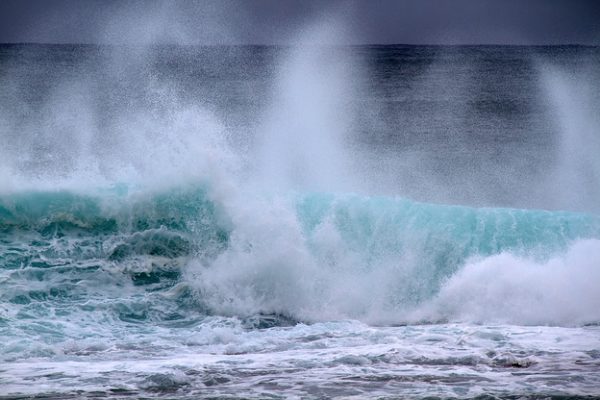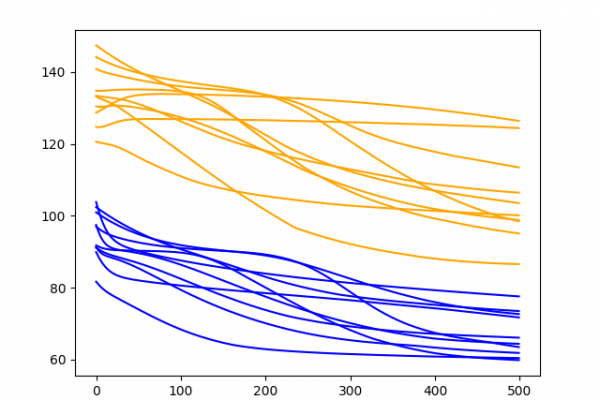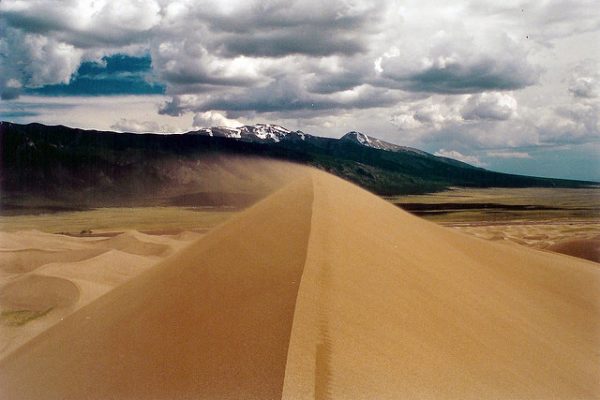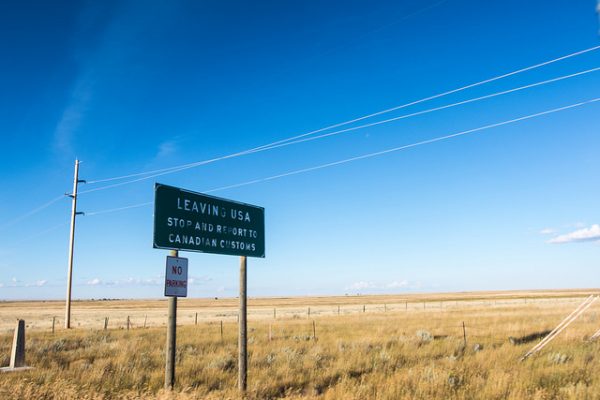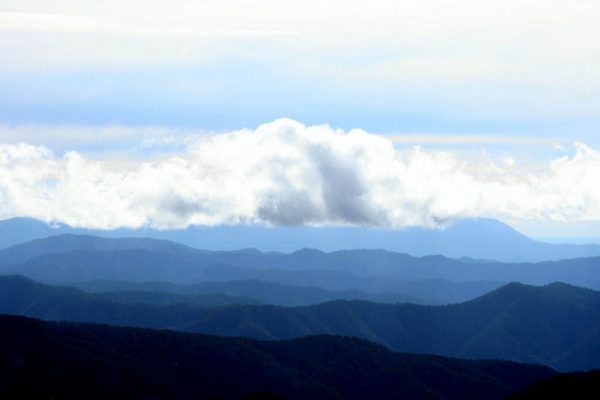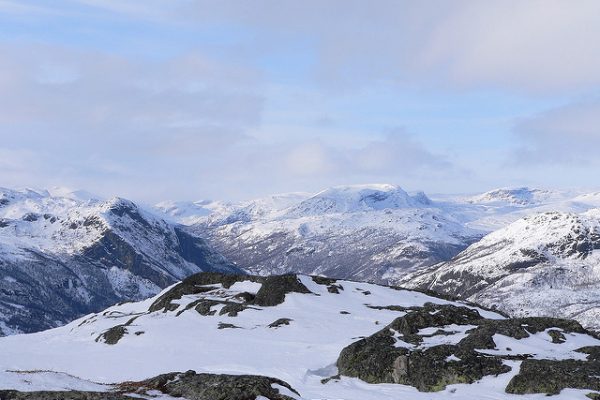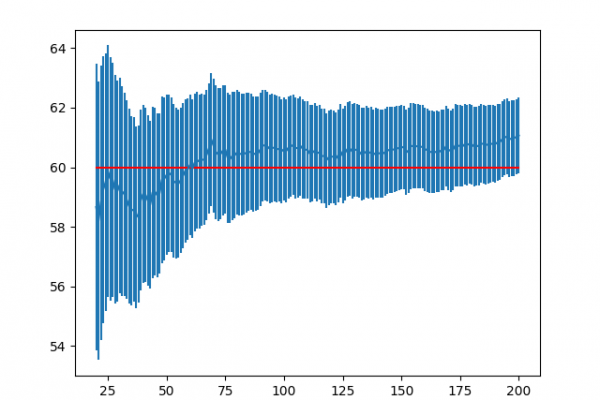How to Seed State for LSTMs for Time Series Forecasting in Python
Last Updated on August 28, 2020 Long Short-Term Memory networks, or LSTMs, are a powerful type of recurrent neural network capable of learning long sequences of observations. A promise of LSTMs is that they may be effective at time series forecasting, although the method is known to be difficult to configure and use for these purposes. A key feature of LSTMs is that they maintain an internal state that can aid in the forecasting. This raises the question of how […]
Read more